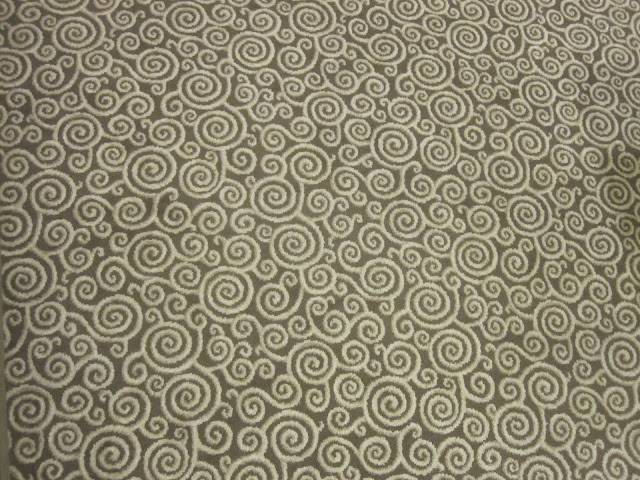The classic problem is this: divide a round cake into 8 equal pieces with 3 cuts. He posed the problem and after we discussed in groups, one group offered the classic solution. Quarter the cake with two cuts and then make a third cut horizontally to split the four quarters in half.
Bjørn Petter then produced a cake with lovely sprinkles and big frosting flowers. He offered a knife and asked the group to perform to operation:
The result: a very unsatisfying division of the cake. The bottom pieces have almost no frosting:
Back to the drawing board. Another group proposed stacking the four pieces after the second cut and making the third cut vertically. Bjørn Petter produced a second cake and had them try. It worked better, but the beautiful frosting flowers were crushed. Other ideas?
A third group proposed setting the four pieces in a line and cutting with a really big knife. Bjørn Petter produced a third cake... and a sword!
Afterwards, we all ate cake of course. I got one of the bad pieces. It didn't matter, his presentation and the series of surprises made for one of the best presentations of a classic problem I'd ever seen. Bravo!






















